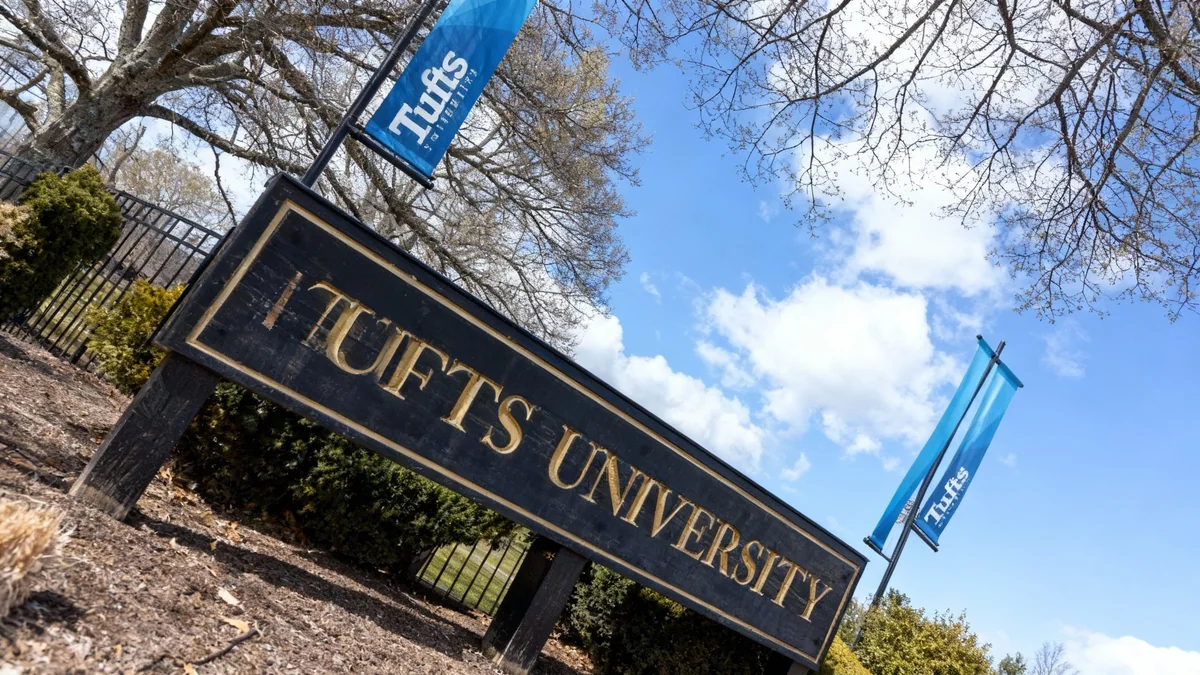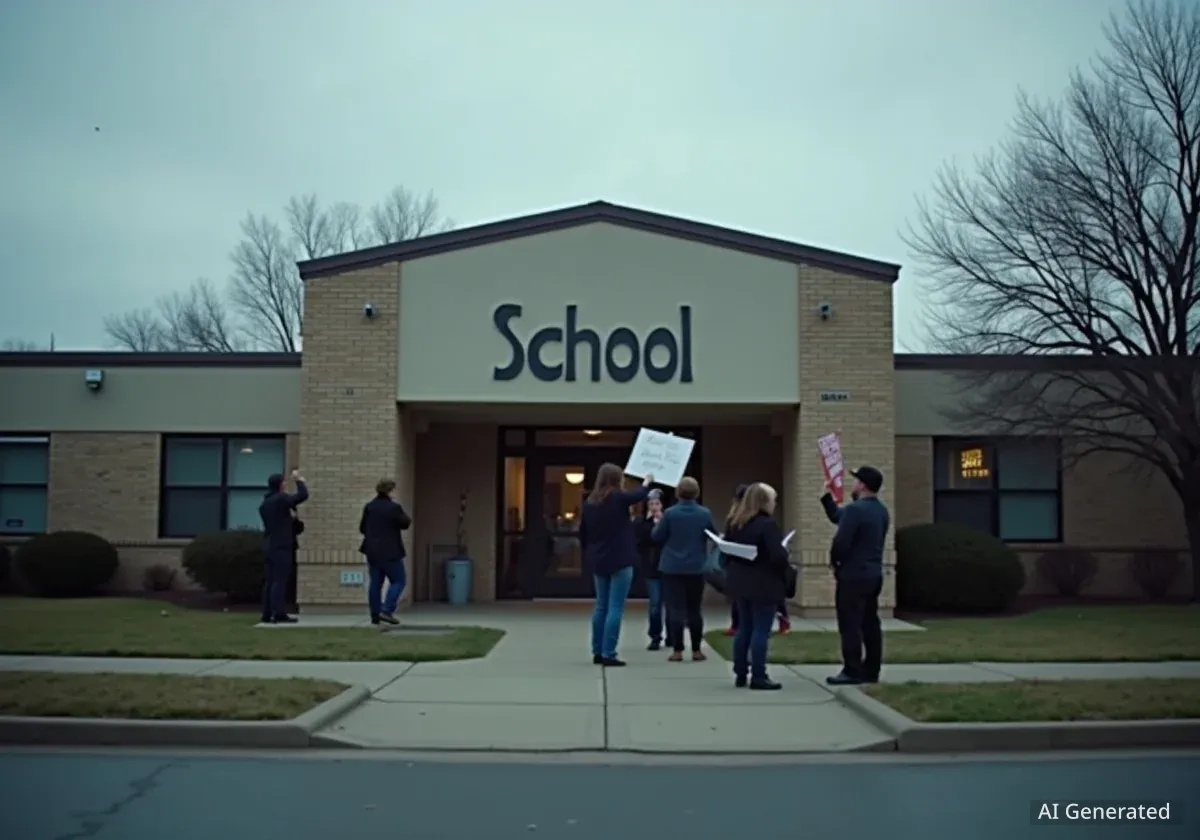In response to the rise of generative artificial intelligence, universities are not seeing the widespread academic collapse many predicted. Instead, educators in the humanities are reviving traditional teaching methods, focusing on in-person engagement and process-oriented learning to counter the threat of AI-driven cheating and foster genuine critical thinking skills.
Key Takeaways
- Humanities professors are shifting back to pen-and-paper exams and in-class writing to ensure academic integrity.
- New teaching strategies emphasize the writing process, with multiple drafts and student-teacher conferences, rather than just the final paper.
- Many classrooms are now device-free zones to encourage direct student engagement and build a stronger learning community.
- The goal is to teach students skills that are irreplaceable by AI, such as critical analysis, nuanced argumentation, and collaborative problem-solving.
The Return of Pen and Paper
When generative AI tools became widely available, many academics feared it would mark the end of the college essay. However, well into the new academic year, reports from campuses across the country suggest that the predicted apocalypse has been averted. Professors are adapting by implementing what they call "AI-resistant" course designs.
A primary strategy has been a return to traditional, supervised assessment methods. The once-declining blue book exam is making a significant comeback. By requiring students to write essays by hand in a classroom setting, educators can be certain the work is their own.
"The objective is to verify that students have not only read the material but can also synthesize and analyze it in real time," said one English professor at Boston College. These exams often focus on interpretive substance, gauging a student's command of ideas discussed in class rather than simple memorization.
Combating AI Summaries with Detail
Beyond final exams, some instructors are using short, frequent quizzes to ensure students engage deeply with assigned texts. These quizzes often ask for specific, granular details from a novel or essay—details an AI summary would likely miss.
Scott Saul, a professor at the University of California, Berkeley, has adopted this approach, inspired by the famously difficult quizzes of author Vladimir Nabokov. The goal is to push back against a culture of screen-scanning and bullet-point summaries. "All of the bigger forces in our culture are pulling people away from deeply attentive reading," Saul noted. These quizzes reward students for immersing themselves in the texture and depth of the material.
A Renewed Focus on Reading
Some professors now require students to submit their marked-up physical copies of books. This allows instructors to see the students' thought processes through their underlinings and marginal notes, providing a window into their engagement that a digital file cannot.
Teaching Writing as a Process, Not a Product
For take-home assignments, which remain a cornerstone of humanities education, the focus has shifted from the final product to the entire writing journey. This method, often called "scaffolding," breaks a large paper into a series of smaller, manageable steps.
Students might be required to submit a thesis statement, an outline, a first draft, and participate in peer reviews before turning in the final version. Each stage is an opportunity for feedback and assessment. According to Stuart Selber, who directs the writing program at Penn State, this approach distinguishes between teaching writing as a craft and simply assigning it as a task.
"If you don’t know what students are doing, you’re not involved in the work flow or the process, and you’re also not teaching writing," Selber explained. This involvement makes it much easier for an instructor to spot the jarring, robotic tone of an AI-generated text if it suddenly appears in a final draft.
Another adjustment involves making assignments more personal. Mark Edmundson, a professor at the University of Virginia, assigns prompts like, "Are you a Whitmanian?" This requires students to blend textual analysis with personal reflection, a task that is difficult to outsource to an AI without feeding it extensive personal data—a step most students are reluctant to take.
The Value of the Human Classroom
Perhaps the most significant change spurred by AI is a renewed emphasis on the value of the physical classroom. Educators are stressing that what happens during class time—the live, unscripted exchange of ideas—is something technology cannot replicate.
To protect this space, a growing number of professors have implemented strict no-laptop and no-phone policies. The goal is to eliminate the "vortex of inattention" created by screens and transform the classroom into a temporary sanctuary from the digital world. Students and faculty report that these device-free environments feel more focused and collaborative.
Building a Learning Community
The rise of AI has coincided with a post-pandemic increase in student anxiety and isolation. Educators are actively working to make the classroom a community where students feel responsible for contributing. This includes mandatory participation, learning everyone's names, and fostering an environment where reasoned disagreement is practiced and valued.
The core argument presented to students is one of self-interest. As cognitive neuroscientist Maryanne Wolf of U.C.L.A. puts it, the brain is a "use it or lose it" organ. Relying on AI to read and write short-circuits the development of sophisticated cognitive processes like inference, perspective-taking, and critical evaluation.
"You’re paying for this education; don’t spend your time here practicing to be replaceable by AI," is the message many professors now deliver. The objective is to graduate independent thinkers equipped with skills for a world where the ability to think critically is more valuable than ever.
Preparing for an AI-Infused Future
While these defensive measures are proving effective for now, educators acknowledge the landscape is constantly changing. The challenge is not to ban AI, which is impossible, but to teach students why they should choose to do the intellectual work themselves.
The current moment is forcing the humanities to articulate their value proposition more clearly than ever before. In a rapidly changing job market, where specific technical skills can become obsolete overnight, meta-skills like adaptability, rapid learning, and critical thinking become paramount.
An education in the humanities, with its focus on analyzing complex texts and constructing nuanced arguments, is presented as a form of all-around intellectual training. It's like a mental gymnasium where students build the strength to tackle any problem, whether it's interpreting a legal document, crafting a business strategy, or evaluating the truth of information presented to them.
Ultimately, the confrontation with AI has pushed higher education to reinforce its most human elements. By focusing on deep reading, the craft of writing, and face-to-face dialogue, professors are betting that the best preparation for a future with advanced machines is to become more thoughtfully and critically human.





